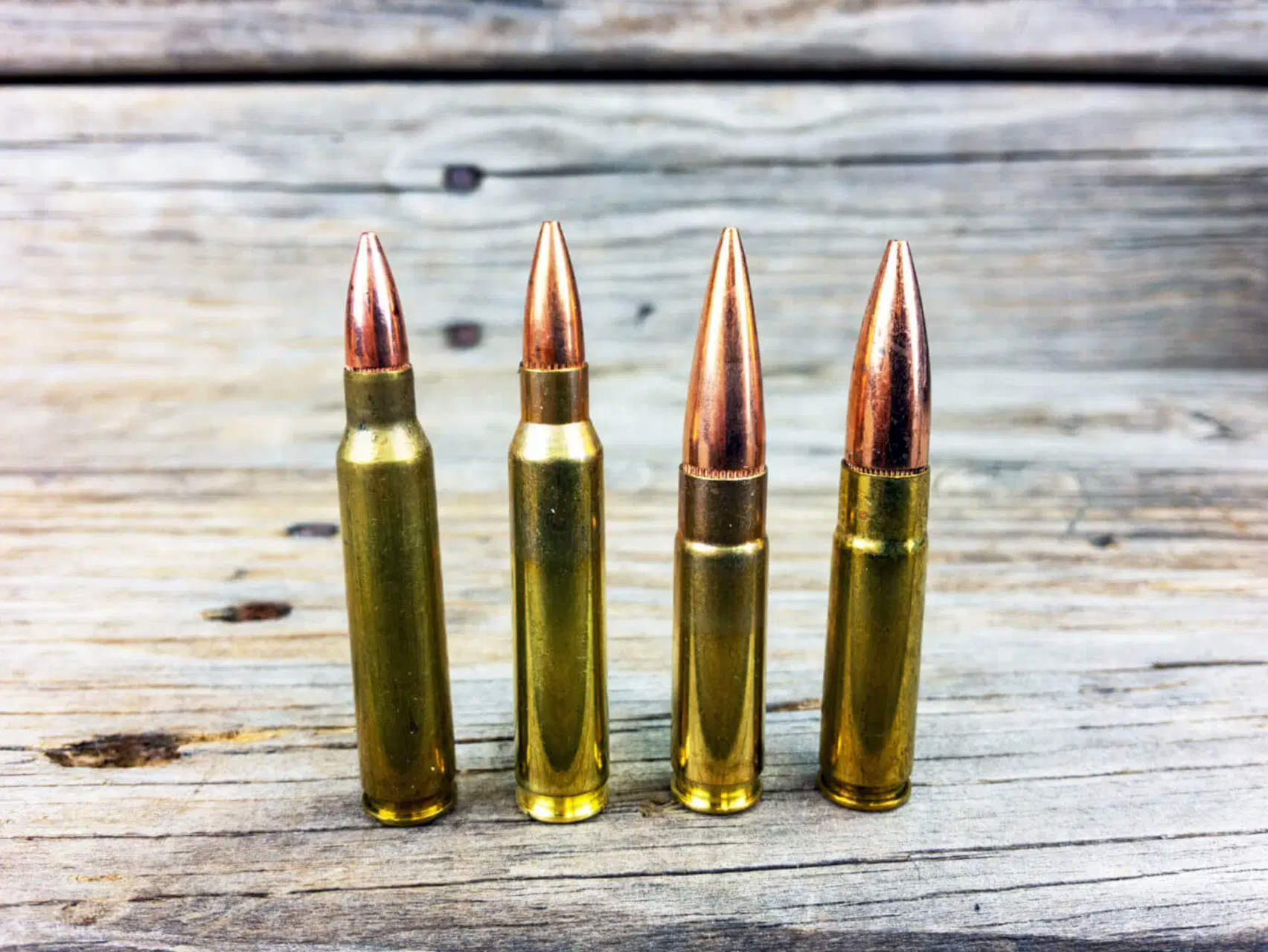5.56 vs .300 Blackout
5.56 vs .300 Blackout
Once you have decided to build an 80% lower, your next big decision is which caliber you want your new AR15 to shoot. Two commonly used options are 5.56 and .300 Blackout. 5.56 and .300 Blackout mostly use the same parts, with the exception being the barrel. The barrel is the only part that is different to accommodate the different bullet sizes. The personal choice of either .300 Blackout or 5.56 can be simplified by viewing each through a few different lenses.
Bullet Weight & Penetration
.300 Blackout rounds use heavier bullets that typically range from 110 grain to 220 grain. The increased bullet weight means that it will move slower, but it will not slow down as quickly once fired, allowing for a greater penetration of surfaces. 5.56 rounds use lighter bullets that typically range from 40 grain to 77 grain. The increased speed of a lighter bullet takes less time to reduce which diminishes its ability to penetrate as many surfaces. 5.56 was designed to fragment upon penetration.
Effective Range
.300 Blackout has an effective range of about 300 yards, while 5.56 has an effective range of about 500 yards. 5.56 also tends to shoot flatter than .300 Blackout due to its increased velocity. If you want to do more distance shooting, 5.56 is the better option.
Recoil
Another area where .300 Blackout and 5.56 differ is recoil. The larger and heavier .300 blackout round does have slightly more recoil, though it is still fairly low. Recoil also means muzzle rise and the need for readjustment. Having less recoil will allow for the ability to get more shots on target in less time.
Barrel Length and Suppressor Use
.300 Blackout was designed specifically to be used with a shorter barrel and a suppressor, and can reach optimal performance through a 9” barrel. .300 Blackout is also capable of cycling supersonic and subsonic ammunition, without the need to additional modification. The ability to use subsonic ammunition, along with a suppressor can give you an extremely quiet firearm. 5.56 was designed to be used with longer barrels, and reaches optimal performance through a 20” barrel. If you want to run 5.56 through a shorter barrel, you need to be prepared for increased muzzle flash and increased noise. Even with the use of a suppressor, shooting 5.56 still requires the use of hearing protection.
Cost and Availability
5.56 is extremely popular and widely available. It also tends to be more affordable, often costing around $0.30 per round (not during a global pandemic and gun buying rush). .300 Blackout is growing in popularity and is pretty easy to find on the shelves. However, .300 Blackout is more expensive than 5.56. The lowest price that .300 will reach is around $0.50 per round. If you are planning on building your 80% lower for the purpose of just putting rounds down range, 5.56 will allow you to get more bang for your buck.
Home Defense
If you plan on building your 80% lower AR15 for home defense purposes, there are some things to be aware of. As mentioned previously, .300 Blackout has greater penetration abilities. This means that it tends to go through more walls. This has the potential to be a dangerous choice if you live in close proximity to neighbors or if you share walls with loved ones within your home. On the other hand, .300 Blackout will allow you to achieve the quietest shot which is extremely beneficial for a home defense situation. 5.56 can also be a good choice for home defense due to its fragmentation abilities and the reduced likelihood that it will penetrate as many walls.
Which round should you choose for your build?
There is not a simple answer to this question due to the fact that it is a personal choice that relies on each individual’s circumstances. 5.56 and .300 Blackout both have benefits and drawbacks in each possible scenario. The beauty of an 80% lower is that it gives you the freedom to choose the round that best fits your needs.






